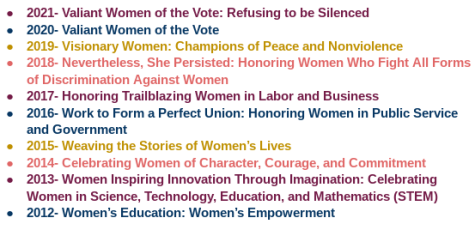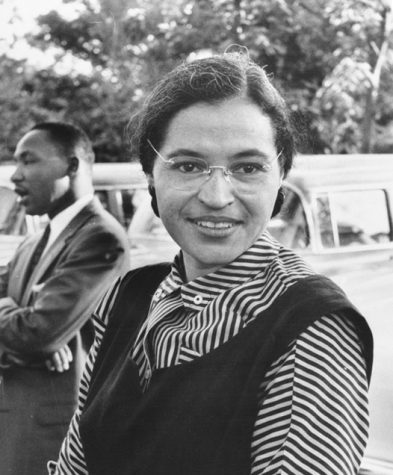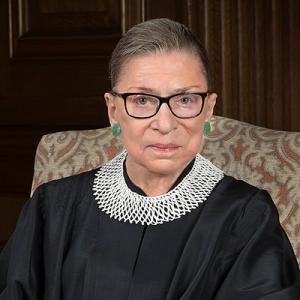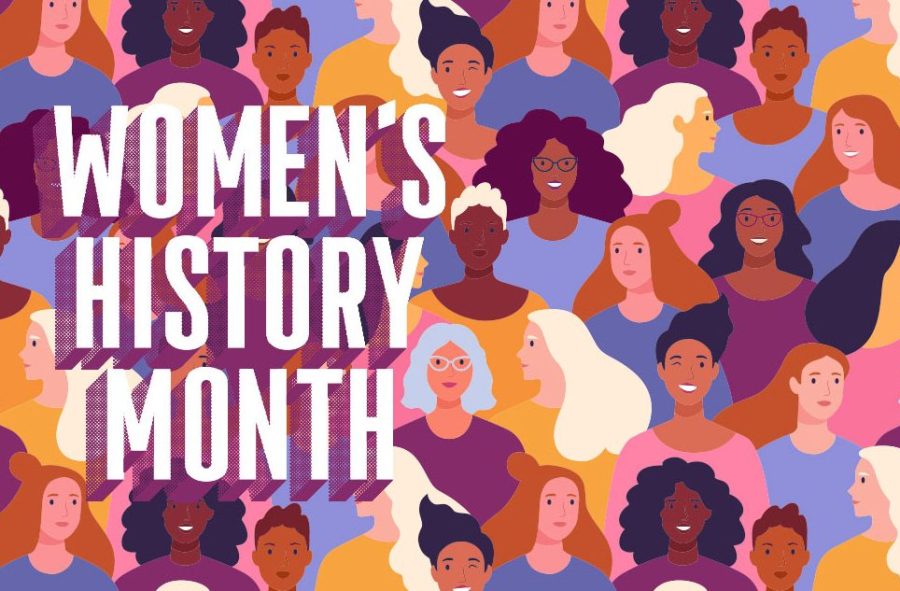The History Behind Women’s History Month
Honoring Women’s Achievements Throughout History
Women have not always been viewed how they are today. Many individuals, especially men, previously saw women as inferior. They were expected to cook, clean, and raise a family at home while men went out and worked. Women protested and fought to have the same rights and freedoms that men have in America. Recognizing the struggles and contributions of women throughout history—March is celebrated as Women’s History Month. Not only is Women’s History Month celebrated in the United States, but it is recognized in the United Kingdom and Australia as well. However, this does not detract from achievements made by women around the world.
The Creation of Women’s History Month
Women’s History Month began as a week-long celebration organized by Sonoma County, California in 1978. This celebration was created to highlight the history and culture of women. In 1980, President Jimmy Carter delivered a speech declaring the week of March 8 as National Women’s History Week saying, “[…] Too often the women were unsung and sometimes their contributions went unnoticed. But the achievements, leadership, courage, strength and love of the women who built America was as vital as that of the men whose names we know so well […] Understanding the true history of our country will help us to comprehend the need for full equality under the law for all our people. This goal can be achieved by ratifying the 27th Amendment to the United States Constitution, which states that ‘Equality of Rights under the Law shall not be denied or abridged by the United States or by any state on account of sex.’”
Women’s History Month Themes
Every year Women’s History Month has been given a theme. The theme of Women’s History Month for 2022 is Women Providing Healing, Promoting Hope. This theme was chosen to highlight all of the women healthcare workers and caregivers throughout the COVID-19 pandemic. This theme also highlights all of the women throughout history that have provided individuals with healing them and creating hope. The following have been the themes of Women’s History Month in the past decade:
Important Women in History
With history comes important figures that helped shape the way that things are today. While Women’s History Month is celebrated in other countries, here are some important women that helped shape United States History.
![]()
Harriet Tubman

Harriet Tubman was born into slavery on a plantation in Dorchester County, Maryland. In 1844, Harriet married a free black man by the name John Tubman in hopes of freedom for both her and her brothers. On September 17, 1849, Harriet and her brothers escaped their plantation in Maryland and began to travel the Underground Railroad. However, shortly after, Harriet’s brothers turned around and returned to the plantation. She completed the 90 mile journey to Philadelphia, Pennsylvania where she began working as a housekeeper. She then realized that she wanted to help others travel the Underground Railroad to their freedom. Over the course of her life, Tubman helped free over 300 slaves. Harriet Tubman will appear on the twenty-dollar bill starting in 2026 due to her hard work and impact on United States history.
![]()
Amelia Earhart

Amelia Earhart was an American pilot who broke many flying records Earhart became the first female pilot to fly by herself across the Atlantic Ocean and to fly solo from Hawaii. However, during her flight around the World, Earhart went missing. Her plane is believed to have crashed somewhere in the Pacific Ocean, but her plane has never been found. She was officially declared lost at sea and her disappearance remains one of the biggest mysteries of the twentieth century.
![]()
Rosa Parks

Rosa Parks was an African American woman born and raised in Alabama in the early 1900s. Parks’s efforts to stand against Jim Crow laws began in 1943 on a cold day when after she had paid her bus fee, the bus driver insisted that she disembark the bus and re-enter in the back. Parks refused and ended up leaving the bus instead of giving in. However, her most known protest took place in 1955 when a white man boarded the bus that Parks was riding after a long day at work. There were no seats for this man, so the driver asked four seats in the “white” section containing African American passengers to stand in the “colored” section of the bus so that the white man could sit. Every person moved except for Rosa Parks. She stayed seated until two police officers entered the bus and took Parks into custody. Parks’s arrest and charges with violating segregation laws evoked the Montgomery Bus Boycott, leading to the ruling that bus segregation laws were unconstitutional.
![]()
Ruth Bader Ginsburg

Ruth Bader Ginsburg was known as an advocate for women’s rights on the Supreme Court. Ginsburg was appointed to the U.S. Court of Appeals for the District of Columbia until later being named to the Supreme Court by President Bill Clinton in 1993. Ginsburg was the second female justice ever on the court and the first Jewish female justice. She was known as a strong voice for gender equality. She even made the landmark decision in the United States v. Virginia case which stated that Virginia Military Institute could not refuse to admit women. Ginsburg made history as a woman on the Supreme Court.
![]()
Kamala Harris

Kamala Harris is notorious for being the first female Vice-President in history. Harris is also the first African American Vice-President in United States history. Before being Vice-President of the United States, Harris was a deputy district attorney in Oakland, California for eight years. She then decided to run for a seat in the U.S. Senate, advocating for immigration and criminal-justice reforms, increase in minimum wage, and protection of women’s reproductive rights. She won in the 2016 election and took office in 2017. Once she took office, she became the first Indian American and the second Black woman in the Senate.
Your donation will support the student journalists of Brunswick High School. Your contribution will allow us to purchase equipment. Our goal is to purchase some updated and much needed cameras for the program.



































